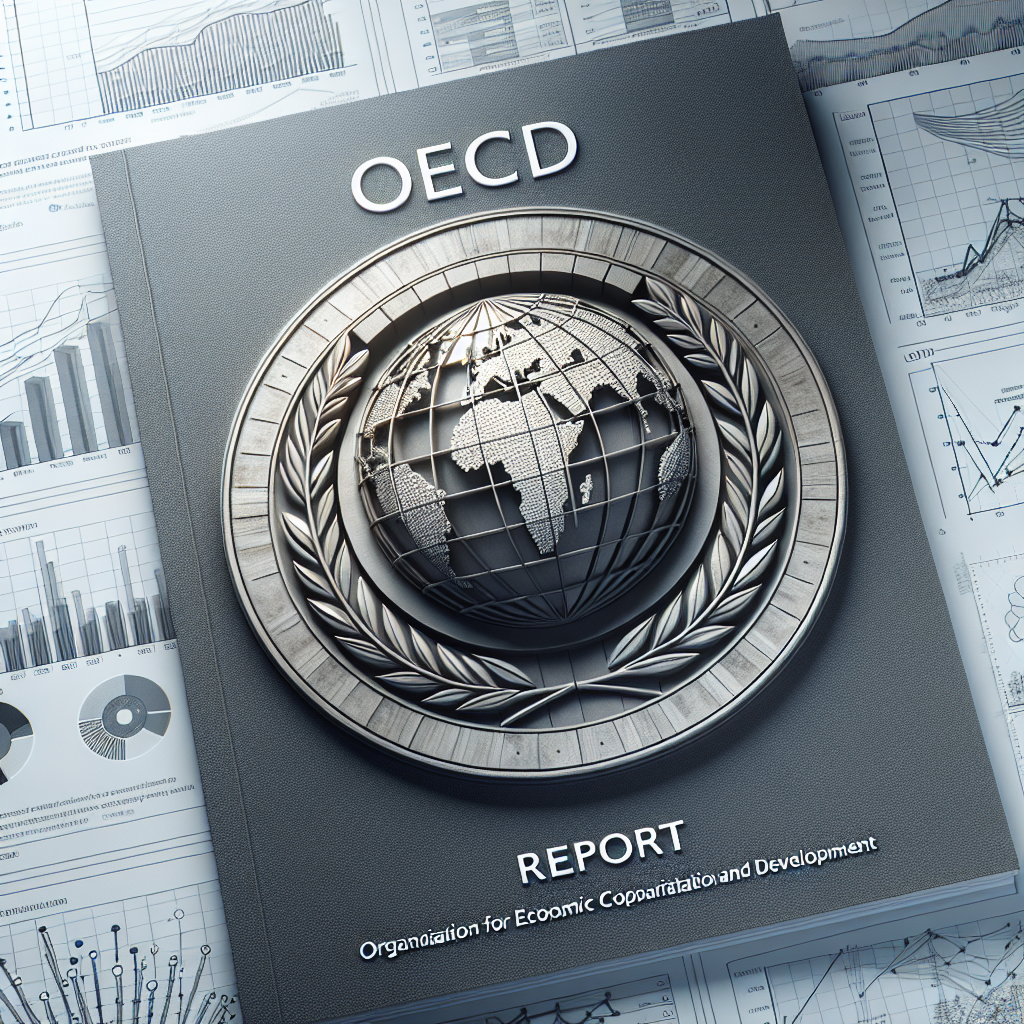Conflict Minerals Rule Fails to Curb Violence in DRC: GAO Report
A GAO report indicates the SEC's 2012 conflict minerals disclosure rule has not reduced violence in the DRC. Armed groups still control gold mines, and the rule seems to have spread violence, especially at small-scale mining sites. The SEC disputes some of GAO's findings.

The U.S. Government Accountability Office (GAO) has announced that a 2012 rule from the Securities and Exchange Commission (SEC) mandating conflict minerals disclosure has not reduced violence in the Democratic Republic of Congo (DRC). Despite efforts to monitor and regulate mineral use, armed groups remain active in the eastern parts of the country.
The report highlights ongoing strife as militant groups vie for control over valuable mineral sites, notably gold mines, which are notoriously difficult to oversee due to their small-scale and informal nature. It appears the regulation has inadvertently coincided with increased violence around these sites.
With DRC as a top producer of tantalum, a critical mineral, the SEC disagreed with some of the GAO's conclusions, citing concerns over methodologies and lack of empirical support for claims. The findings echo worries that the rule has a limited impact on stability in the region and potentially complicates the landscape.
(With inputs from agencies.)
ALSO READ
Call for Action: Violence Against Religious Minorities in Bangladesh
Unrest in Bangladesh: Mourning and Violence Follow Youth Leader's Death
Bangladesh on Edge: Violence Erupts Amidst Pre-Election Tensions
Britain Targets Supporters of Syrian Violence with New Sanctions
Bangladesh at a Crossroads: Interim Government Condemns Mob Violence










